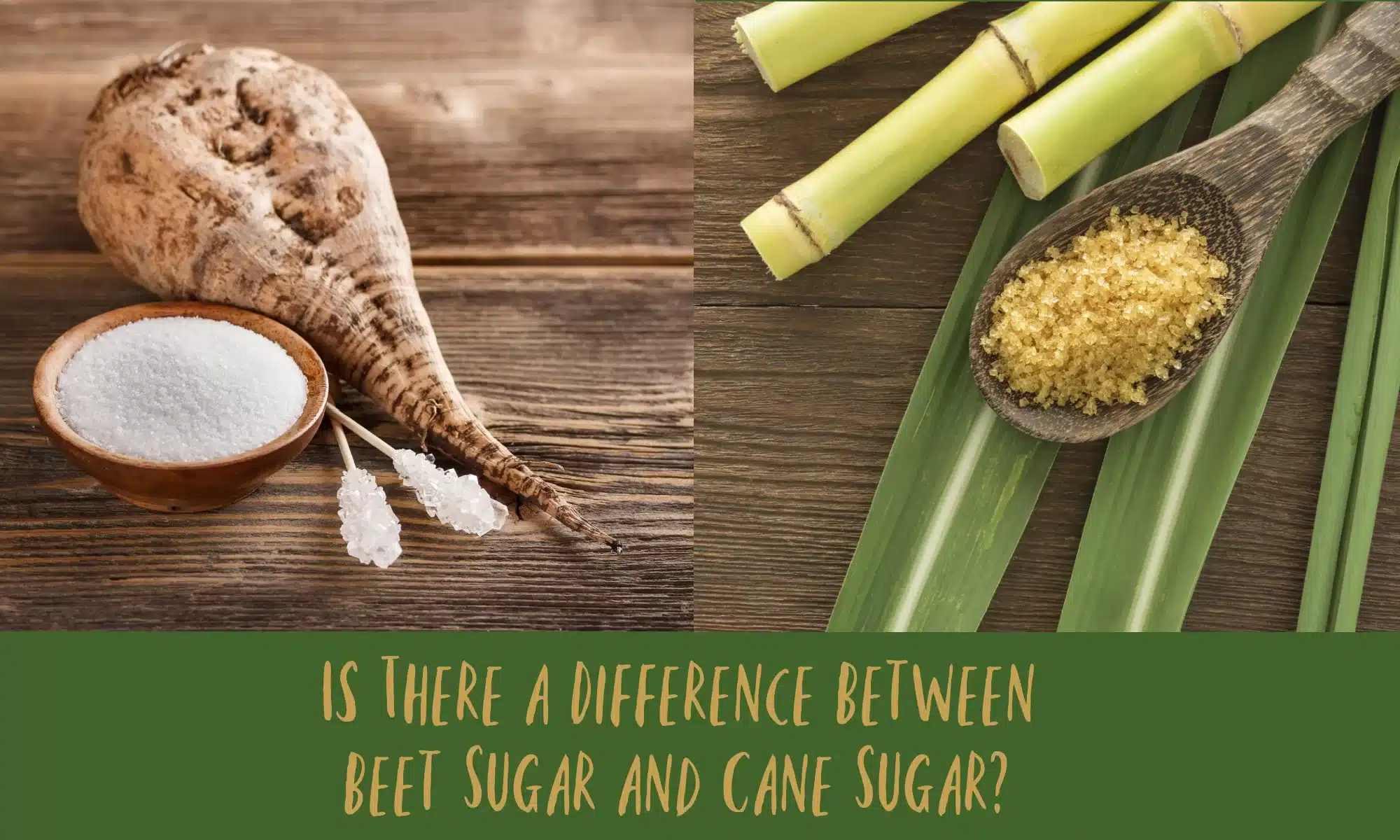A key factor in the beet sugar vs cane sugar debate is how each kind impacts cooking.
A key factor in the beet sugar vs cane sugar debate is how each kind impacts cooking.
Blog Article
Discover the Uses and Perks of Beet Sugar Vs Cane Sugar in Your Daily Diet
Discovering the unique top qualities of beet and cane sugar exposes even more than just their sweetening capacities; it highlights their distinct influences on wellness and culinary arts. Beet sugar, known for its subtle flavor, is frequently preferred in delicate desserts, whereas cane sugar, with its tip of molasses, adds splendor to durable dishes. Each kind holds its very own nutritional profile and glycemic effects, inviting a deeper understanding of their roles in a well balanced diet regimen and sustainable usage techniques.
Origin and Production Procedures of Beet and Cane Sugar

The distinct climates and dirt types required for expanding sugar beetroots and sugarcane add to differences in their growing techniques and geographic distribution, affecting the business economics and sustainability of their manufacturing. beet sugar vs cane sugar.
Nutritional Comparison Between Beet Sugar and Cane Sugar
Regardless of stemming from different plants, beet sugar and cane sugar are nutritionally extremely similar, both mostly including sucrose. Each gives about 4 calories per gram, translating to roughly 16 calories per tsp. Structurally, both sugars are made up of approximately 99.95% sucrose, with minimal amounts of other substances like moisture and trace minerals, which do not substantially modify their nutritional profiles.

Inevitably, when choosing between beet sugar and cane sugar based on dietary content alone, both offer similar benefits Get More Info and downsides as they are basically kinds of the same molecule-- sucrose, offering quick energy without other nutrients.
Influence On Health: Glycemic Index and Caloric Material
Discovering even more into the impacts of beet sugar and cane sugar on health and wellness, it is important to consider their glycemic index and calorie content. The glycemic index (GI) of both beet and cane sugar is around 65, classifying them as high-GI foods, which can trigger fast spikes in blood glucose degrees.
Each kind of sugar contains around 4 calories per gram, making their caloric web content equivalent. For those keeping an eye on calorie consumption, especially when taking care of weight or metabolic health and wellness problems, recognizing this equivalence is important (beet sugar vs cane sugar). However, too much usage of any high-calorie, high-GI food can add to health and wellness issues such as weight problems, heart disease, and insulin resistance.
Environmental and Economic Considerations of Sugar Production
Beyond wellness influences, the manufacturing of beet and cane sugar also raises significant ecological and financial worries. Sugar beet farming has a tendency to need cooler climates and has a lower geographical footprint compared to sugar cane, which thrives in tropical areas.
In addition, using chemicals and plant foods in both beet view website and cane sugar growing can cause soil deterioration and air pollution, more influencing biodiversity and regional water bodies (beet sugar vs cane sugar). The selection in between growing sugar beet or cane typically hinges on local environmental problems and financial aspects, making the sustainability of sugar manufacturing an intricate concern
Culinary Applications and Taste Distinctions
While the environmental and financial facets of sugar manufacturing are undoubtedly considerable, the selection between beet and cane sugar also affects culinary applications and flavor accounts. Beet sugar, stemmed from the sugar beet plant, is known for its extremely neutral preference. This makes it a versatile ingredient in baking, where it does not alter the taste of various other components. It liquifies rapidly and is optimal for use in cakes, cookies, and breads.
Cane sugar, removed from sugarcane, typically retains molasses traces, which give a distinctive splendor and depth. This mild molasses flavor improves the intricacy of baked products, sauces, and sauces. It is particularly preferred read this in things where a caramel undertone is preferred, such as in brownies or gingerbread. The small variant in moisture material in between beet and cane sugar can affect the structure and uniformity of dishes, making cane sugar a favored selection for specific recipes that profit from its one-of-a-kind residential or commercial properties.

Final Thought
In final thought, both beet and cane sugar have unique origins and production processes, supplying comparable dietary profiles with small differences in sodium web content and flavor. While their effect on health, specifically regarding glycemic index and calories, is equivalent, the selection between them typically comes down to environmental, financial aspects, and certain culinary needs. Understanding these aspects can guide customers in making educated decisions that align with their wellness goals and taste choices.
Report this page